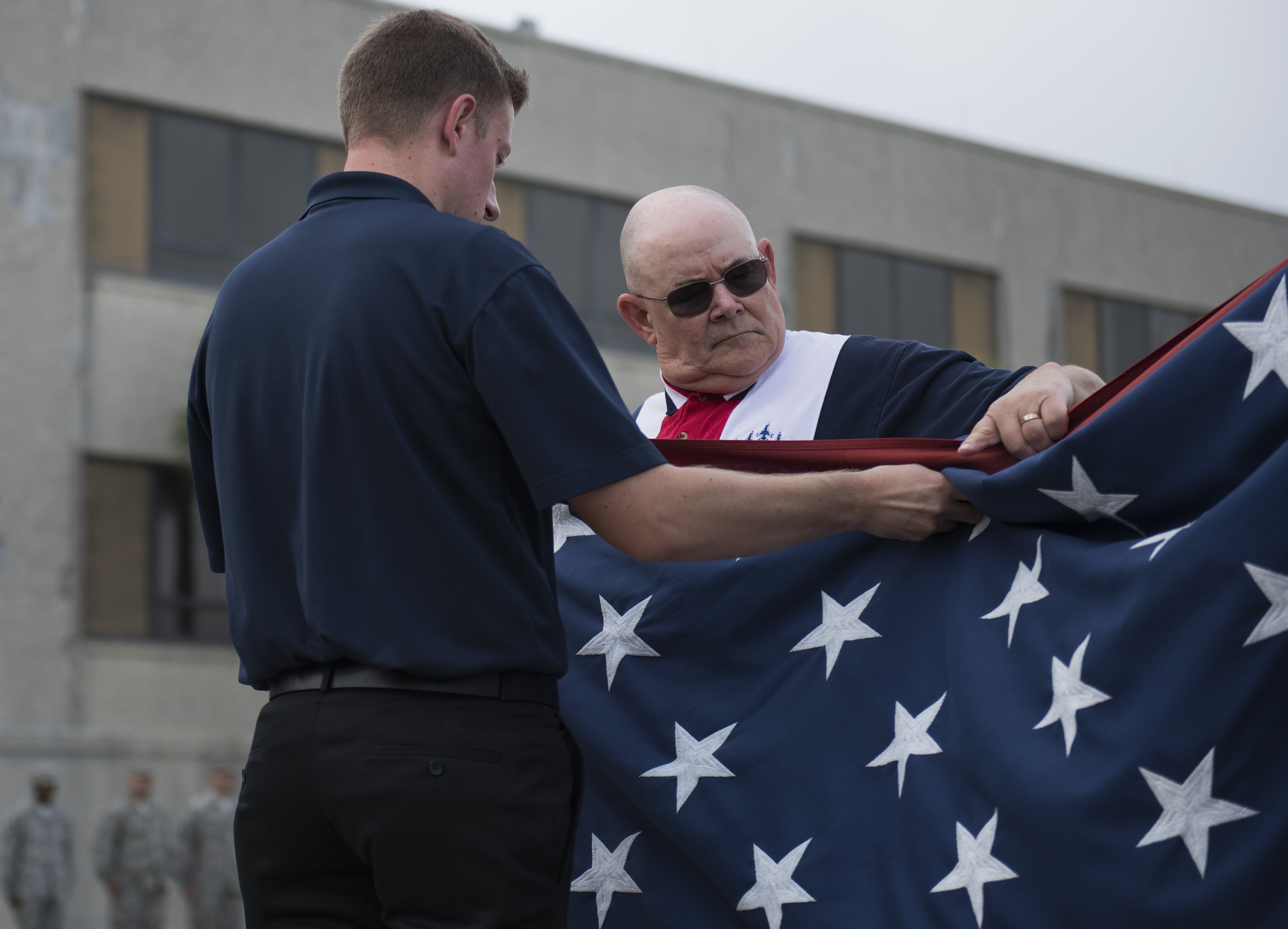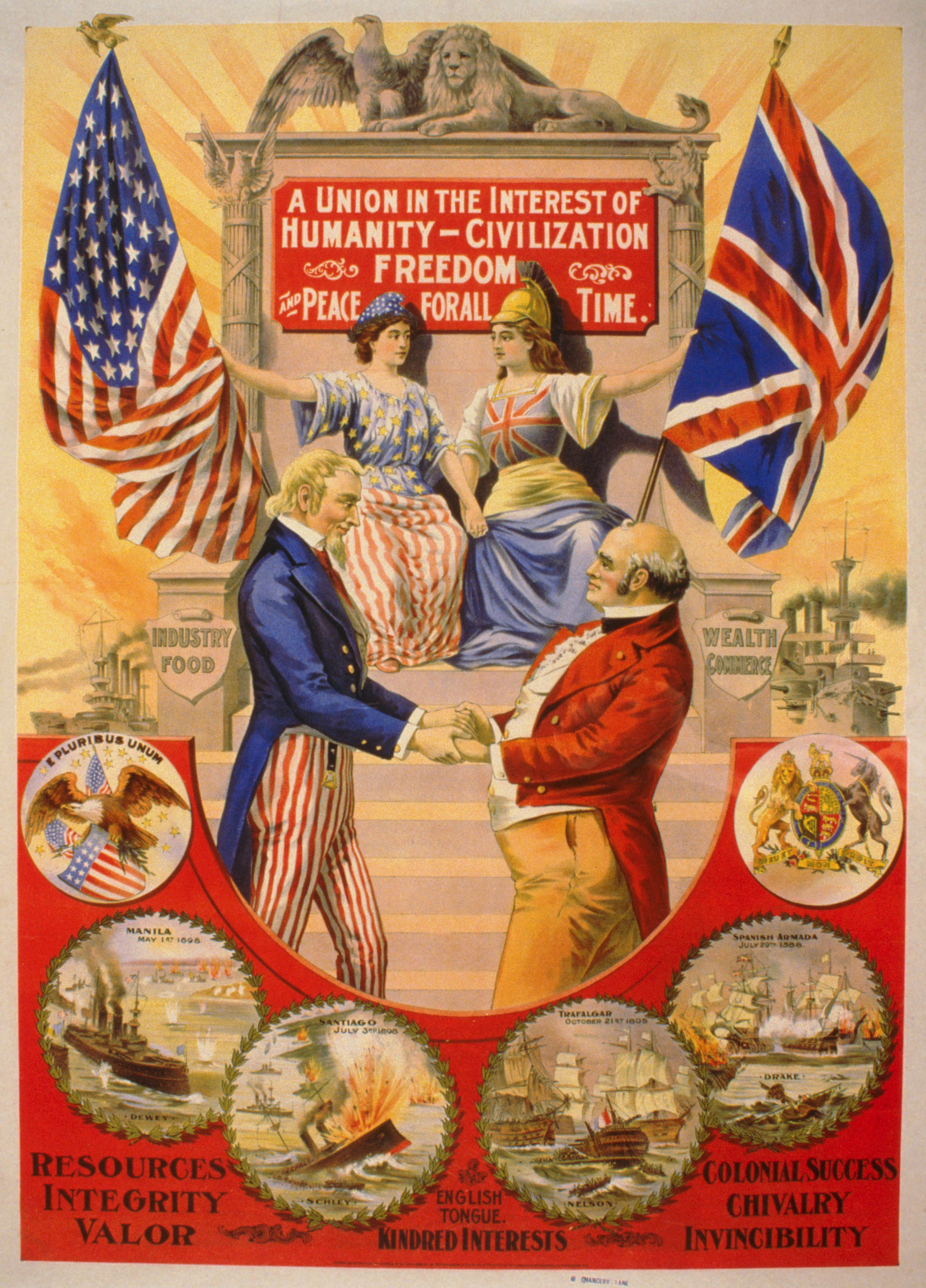By: Cameron Bell*
In America today support for the military is almost omnipresent. Walk down any street and somewhere there will be a gold ribbon magnet saying ‘Support the Troops’. This by itself is not in any way wrong, however, the overwhelming lack of respectful criticism or questioning of the military as an organization is concerning. The American citizenry has abandoned the tradition of respectful criticism in favor of blind support. This shift in what is a fundamental responsibility cannot continue. Without criticism neither the military nor the public can adequately understand each other’s perspective, leading to an apathetic populace and through them, an apathetic Congress. Furthermore, the lack of respectful criticism of the military’s top generals has led to a stagnation in the military’s command structure. This stagnation, in conjunction with an apathetic Congress and populace, threatens the effectiveness of the U.S. military in both strategy creation and combat operations. Strategy creation, such as President Trump’s new strategy for the U.S. military in Afghanistan, should have been met with questions rather than immediate acceptance. Respectful criticism is a fundamental part to any working relationship, especially between the military and the citizens they protect. It is of such importance that during WWII, in his 1943 State of the Union address to Congress and the American people, President Franklin D. Roosevelt thought it appropriate to acknowledge the vital role respectful criticism plays in maintaining a well-operating military.[i] The lack of criticism and its consequences—stagnate military ranks, unquestioned military strategy, and an indifferent populace and Congress—have become the new normal in America due to a growing military civilian ‘gap’.
The military-civilian ‘gap’ has been increasing in severity since WWII and now threatens the safety of Americans, both military and civilian. For the purposes of this argument, the military-civilian gap is defined as the percentage of civilians who do not hold views similar to those held by the average soldier or maintain familial connections to the military. This definition is important because it attempts to analyze the cultural differences between the military and civilian populations. For example, 75% of Americans over 50 have a close relative in the military, however, for ages 18-29 the percentage drops to 33%.[ii] Additionally, 83% of military personnel and their families say soldiers have “made a lot of sacrifices”, while only 43 % of the public hold that opinion.[iii] Lastly, 84% of military personnel and 71% of the public say the public does not understand the problems faced by those in the military or their families.[iv] These findings show that not only is there a growing gap between American citizens and the military, but also that the two groups do not understand each other. Furthermore, this new evidence advances Thomas Ricks’ 1995 assertion that the U.S. military and civilian populations are developing into their own distinct cultures and failing to understand each other’s core values.[v] This lack of understanding comes from the American public not fulfilling its responsibility to question the military at its highest levels.
First, the change in military-civilian interactions and the state of current interactions must be examined. After WWII and the Korean War, Americans were proud of their military and yet still poked fun at it through shows such as M.A.S.H. On the other hand, today’s media focus’ on the stress and hardships military members may endure, with a distinct lack of criticism, even in jest.[vi] Americans in the mid-20th century understood that one could criticize and question the organization or direction of the military without insulting or demeaning the soldiers individually. Today, criticizing the military is tantamount to treason in many citizens’ eyes.
A quick glance at any NFL game will show an overwhelming connection to the military. Less important games have military flag bearers for the national anthem and numerous commercials for the Army, Navy, and Air Force. The large games such as bowls and championships warrant all the above in addition to fighter jet flyovers or military personnel landing on the field with parachutes. These displays by themselves could potentially be an excellent method for civilian-military interaction. However, having these incredible displays of commercial advertising for the military while there is a deafening silence of legitimate criticism of military methods and strategy creates an atmosphere of unquestioned superiority and infallibility which threatens to further erode the military-civilian relationship.
This change in interaction has produced a series of consequences including stagnation in military ranks, poor strategy creation, and an indifferent public. In previous wars, a multitude of generals and commanders were consistently replaced or removed for lack of combat effectiveness. Yet in America’s longest war this has not been the case. Generals and commanders removed from duty during the past 16 years have been removed for personal misconduct or other non-combat related issues.[vii][vii] It is hard to believe that after 16 years of continuous fighting with no end in sight there have been no senior level officers that were deemed combat ineffective. Yet, historically, the removal of ineffective battlefield commanders has been a normal method of improving the military’s performance. During the summer of 1944, for example, the 90th Infantry Division dismissed 3 generals, 3 colonels, and 16 field-grade officers, for a total of 22 senior officers, for combat ineffectiveness.[viii] This demand for results saw the 90th Infantry Division become one of the fiercest and best operating divisions in the entire U.S. military during WWII.
Despite the continuous failure of our military commanders and our elected officials to find a winning strategy in Afghanistan, there is a distinct lack of outrage from the civilian population. With President Trump announcing a new U.S. strategy in Afghanistan in August, there should now be rigorous but respectful questioning by the American populace and their representatives in Congress. President Trump’s new strategy involves exchanging timeline based decisions with condition-based decisions, increased involvement of Pakistan and India, and lastly, a clear definition of victory.[ix] Yet it is now almost two and a half months later and there has not been a ‘clear definition of victory’ given. This is the type of question American citizens should be demanding answers to. However, due largely to their disconnection from the military, the American public has become apathetic towards the war in Afghanistan, and Congress has become apathetic as well. This is an alarming development in the American system. Military forces in Afghanistan are operating on a sixteen-year-old Authorization of Use of Military Force (AUMF) because Congress has abdicated its duty of providing a check on the use of the American military. Congress is comfortable forsaking their sworn duty because the American public has become indifferent and disconnected from their own responsibilities as citizens. This apathetic approach to military concerns, in combination with the emphatic celebration of the troops in general has allowed the military to be placed in untenable positions such as the endless fight in Afghanistan, where despite sixteen years of warfare with no clear victory conditions met or even established, we have not conducted a serious overhaul of strategy.
The waning connections between the military and civilian populations has led to a citizenry who has abandoned their duty and a Congress who takes the easy road and refuses to fulfill the duty of their offices. This has led to a stagnant military chain of command where a general is more likely to be demoted or removed from the field for personal misconduct rather than combat ineffectiveness.[x]
The American population must return to the policy of respectful criticism. Citizens can support the troops at the same time as criticizing the policy and actions of ineffective leaders. If the citizens do not concern themselves with the actions of the military, America will find itself in a war it cannot win. Americans must demand results from both Congress and the military; it is the role of the citizen to question their government. This is a role too many Americans have forgotten or ignored, and while the consequences of this abdication might be acceptable today, they will eventually lead to disaster. The military-civilian gap is one of the most important obstacles confronting America today. Without a solution to this problem America cannot correct its course in Afghanistan.
Any new plan such as that presented by President Trump in August, must be met with rigorous questioning from both Congress and every American citizen. To do otherwise is to risk another sixteen years of war with no victory. While the military has a duty to protect the American people and interests, the American people have an equally important duty to protect our military from needless violence by demanding the highest quality of combat leadership and criticizing that which is questionable. Both the military and all American citizens must find a way to better understand each other. This will help prevent needless or endless wars while also ensuring effective leadership of America’s military forces.
[i] Franklin D. Roosevelt: “State of the Union Address,” January 7, 1943. The American Presidency Project. http://www.presidency.ucsb.edu/ws/?pid=16386.
[ii] Robert McFarlin, “The Overlooked Civilian Military Divide”, The Hill. Accessed 10/10/17. http://thehill.com/blogs/congress-blog/presidential-campaign/287817-the-overlooked-civilian-military-divide.
[iii] Pew Research Center, “Chapter 5: The Public and the Military” in War and Sacrifice in the Post-9/11 Era. Accessed 10/11/17.
[iv] Pew Research Center, War and Sacrifice in the Post-9/11 Era. Accessed 10/11/17 http://www.pewsocialtrends.org/2011/10/05/war-and-sacrifice-in-the-post-911-era/.
[v] Thomas Ricks, “The Widening Gap Between Military and Society”, The Atlantic, Accessed 10/28/17. https://www.theatlantic.com/magazine/archive/1997/07/the-widening-gap-between-military-and-society/306158/
[vi] James Fallows, “The Tragedy of the American Military”, The Atlantic, Accessed 9/22/2017.
https://www.theatlantic.com/magazine/archive/2015/01/the-tragedy-of-the-american-military/383516/
[vii] Ibid.
[viii] Thomas Ricks, “General Failure”, The Atlantic, Accessed: 10/28/17. https://www.theatlantic.com/magazine/archive/2012/11/general-failure/309148/
[ix] Jim Garramone, “President Unveils New Afghanistan, South Asia Strategy”, DoD News, United States Department of Defense, Accessed 9/22/2017. https://www.defense.gov/News/Article/Article/1284964/president-trump-unveils-new-afghanistan-south-asia-strategy/.
[x] Tom Vanden Brook, “Disgraced Army general fired after ‘inappropriate’ relationship with young woman on staff”, USA Today, June 23, 2017. Accessed 9/22/2017. https://www.usatoday.com/story/news/politics/2017/06/23/disgraced-army-general-fired-after-inappropriate-relationship/422902001/.
*Disclaimer: The content contained in the following material is the sole ownership of the author and does not reflect the views of the Towson University Journal of International Affairs nor Towson University in any respect whatsoever.








First, the change in military-civilian interactions and the state of current interactions must be examined. After WWII and the Korean War